#wentke
Photo

Wentke (Gown)
Mid 18th Century
The Netherlands
Women in Hindeloopen, a town in the northern Netherlandish province of Friesland, traditionally wore this type of striking lightweight coat, called a wentke, on special occasions. Beginning in the mid-eighteenth century, wentkes were usually made of boldly patterned Indian chintzes, and contrary to the custom in the rest of Europe of confining chintz to casual and private occasions, residents of Hindeloopen elevated this exotic fabric to a formal status. The wentke was often worn with other garments of Indian cotton. (The MET)
Peabody Essex Museum (Object Number: 2012.22.15)
#wentke#gown#jacket#georgian#1730s#1740s#1750s#1760s#regional fashion#18th century#dutch#the netherlands#blue#cotton#india#chintz#peabody essex museum#popular
3K notes
·
View notes
Text

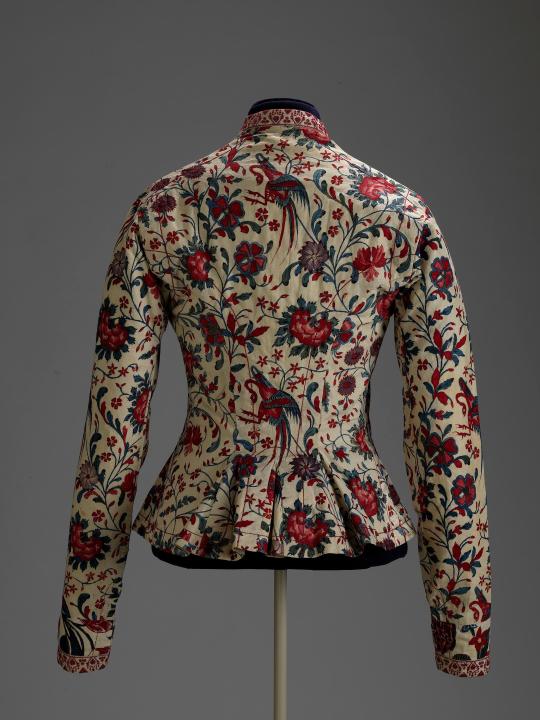


Woman's jacket (Wentke), 1700's
102 notes
·
View notes
Text

Wentke (Gown), Mid 18th Century, the Netherlands.
#historical fashion#18th century#1700s fashion#wentke#18th century fashion#blue#white#coat#gown#paleta post
38 notes
·
View notes
Text


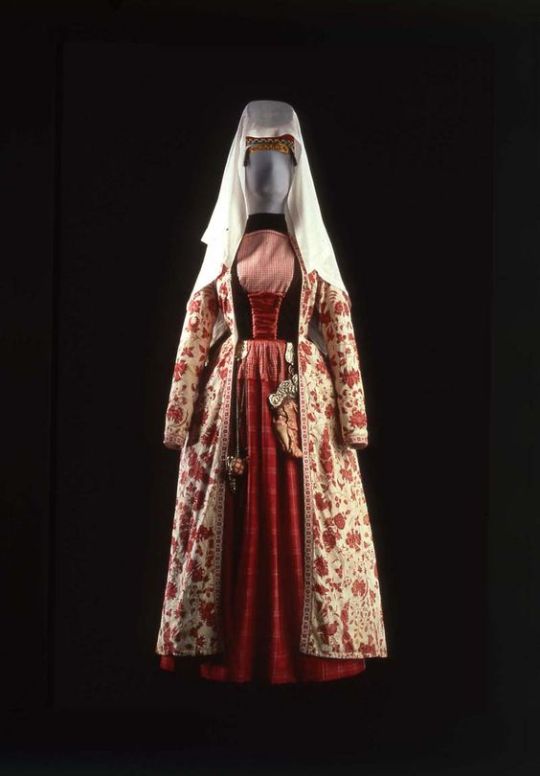
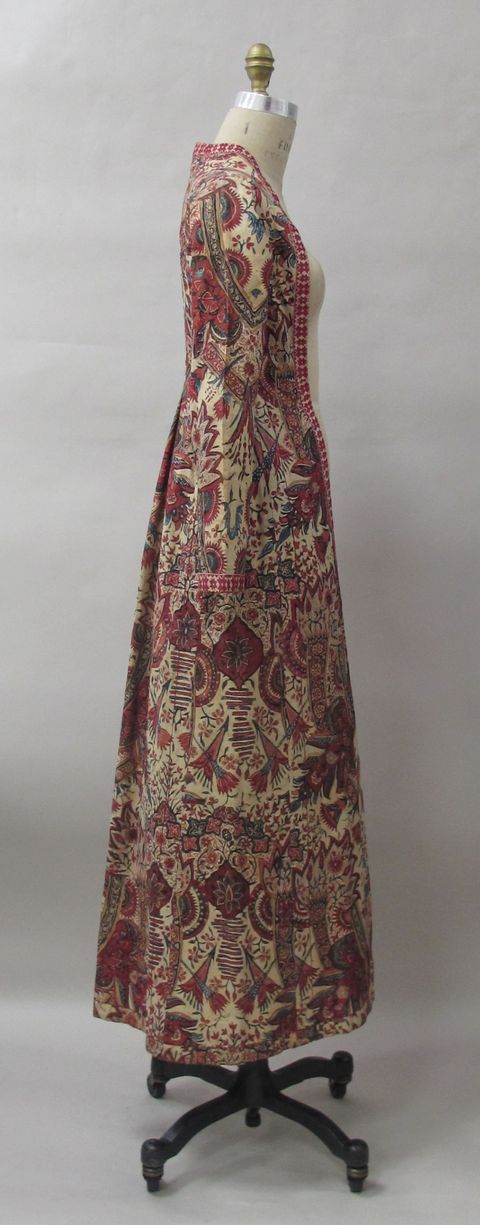

This full length coat style is referred to as a wentke. It comes from the Netherlands and was created in the mid 18th century. Originating in the province of Friesland, and in particular in the town of Hindeloopen, it was a type of closely fitted long coat worn over full length skirts with a blouse and stays.
The fashion began in the 1600s and continued through the 1700s into the early 1800s. Due to the huge amount of trade with the Eastern world that came through Amsterdam, a large number of these wentke were made up in imported printed Indian cotton fabrics like the example here.
This sample, now in the care of the MET is a brilliantly colored and complex pattern that is well matched at the center back. The coat cuffs and opening are edged with a red and cream linen trimming, and the wentke is lined in linen as well.
I’m including an image of a complete ensemble for reference.
97 notes
·
View notes
Photo
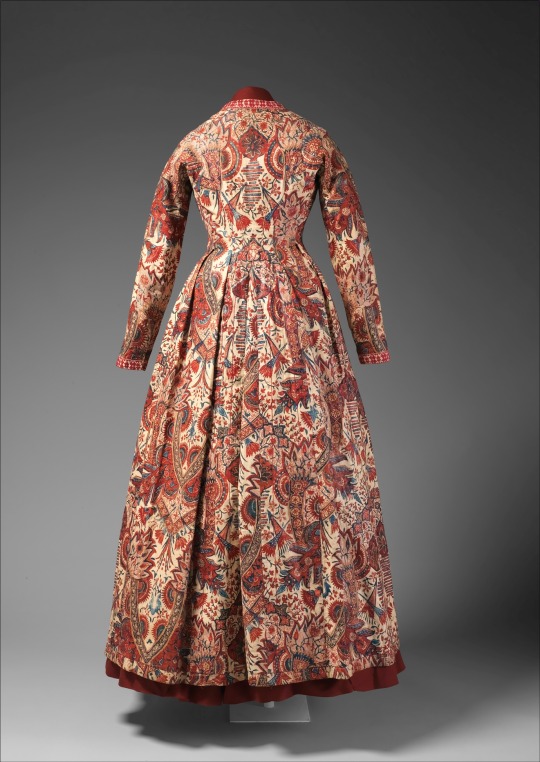

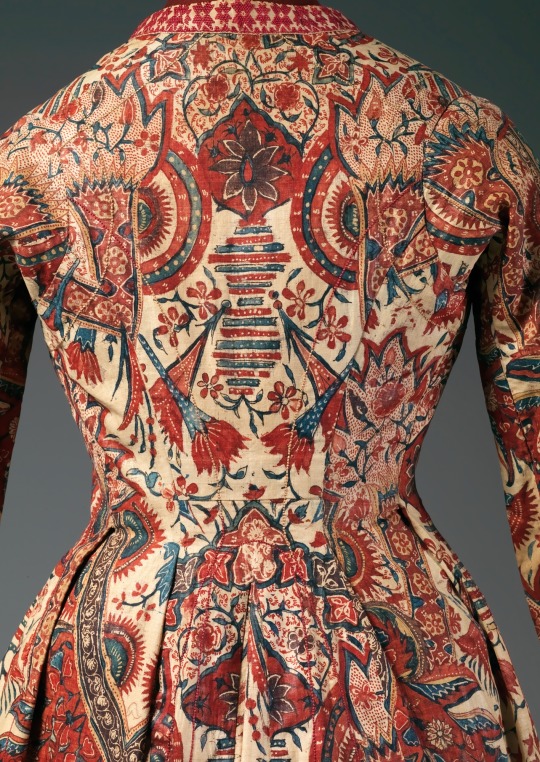
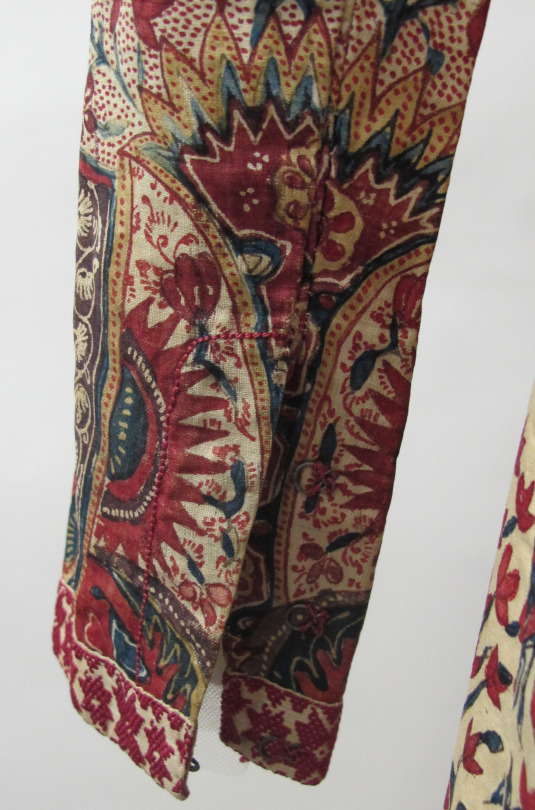

Wentke (Dutch, mid-18th century).
Cotton, linen.
Images and text information courtesy The Met.
89 notes
·
View notes
Photo


18th century fashions from Fryslân
10 notes
·
View notes
Photo

What Everyone Needs to Know Q&A: A common refrain among many frustrated people on th American and European Left is that white working-class people “vote against their own interests.” As U.S. citizens gear up to vote in the 2018 Midterm Elections, we want to know:
Do white working-class people vote against their own interests?
A fundamental misunderstanding about white working-class interests is that these interests are singular and economic in nature. Many white working-class people balance a variety of interests at once. The average white working-class American or Briton likely supports a range of protectionist economic policies and a range of nativist social policies. Since the 1990s, no mainstream American or British party has advocated for protectionism in the way the Left once did. This shift has left greater contrasts in the realm of social policy. Where white working-class interests are singular, the data suggest that they care far more about social and cultural affairs than those pertaining to the economy. In other words, by supporting UKIP, Donald Trump, and Republicans, white working-class people do vote in their interests—their social interests, not their economic interests.
One of the primary conclusions of my research is that white working-class voters are absolutely rational. They seek representatives who care about their perspectives. They seek platforms that act on these perspectives. And they respond to parties and organizations that invest in them with time, resources, and candidates. This is not different from any other group of voters. The difference is that social and economic forces have isolated the British and American white working class as a political constituency to the extent that many feel like an afterthought in the countries they once defined. They have responded with rebellion.
[Page 130-131, The White Working Class: What Everyone Needs to Know® by Justin Gest]
Image credit: “Construction workers” by WikiImages. CC0 via Pixabay .
#WENTK Q&A#wentk#what everyone needs to know#politblr#Midterms 2018#BeBallotReady#american politics#politics#donald trump#republican#democrates#voting rights#voting#What everyone needs to know Q&A
50 notes
·
View notes
Photo

Coat (Wentke) (detail) | mid-18th century | Netherlands | Textile: India (Coromandel Coast), 1725-50
27 notes
·
View notes
Photo
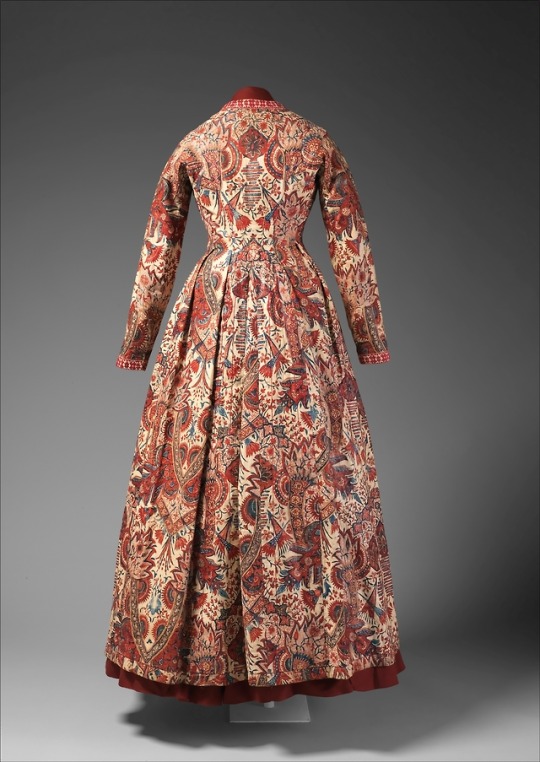
Wentke, Costume Institute
Medium: cotton, linen
Purchase, Isabel Shults Fund, 2012 Metropolitan Museum of Art, New York, NY
http://www.metmuseum.org/art/collection/search/172427
4 notes
·
View notes
Photo


Chintz Wentke
The Netherlands, mid-18th century
The Metropolitan Museum of Art
161 notes
·
View notes
Text
Cultural Appropriation: Chintz in Fashion
Most people would describe the fabric chintz as a floral pattern that has traditionally been used for upholstery and older styles of clothing, particularly that of the 17th Century. It is one of the most recognisable fabrics in the UK, thanks to inherently British companies such as Laura Ashley, Liberty London and Harrods having used the style in their collections for years.
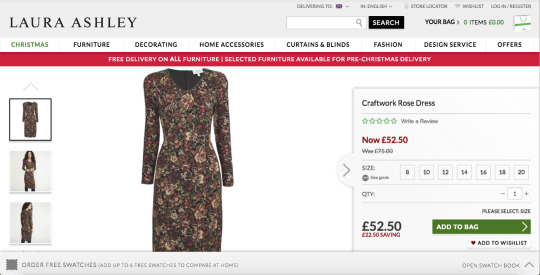
Fig. 1

Fig. 2

Fig. 3
However, the material itself isn’t actually British in any way. Nowadays, it’s created from intricate designs that have been printed onto a cotton base, but traditionally, these designs were painstakingly hand painted onto the material by workers and seamstresses in India, using a process known as mordant and resist dyeing. It gradually became popular in British fashion after being imported and eventually, “It was so popular at one time that Western countries banned its import in fear of economic instability in their local textile trades.” (Fotheringham, 2015)
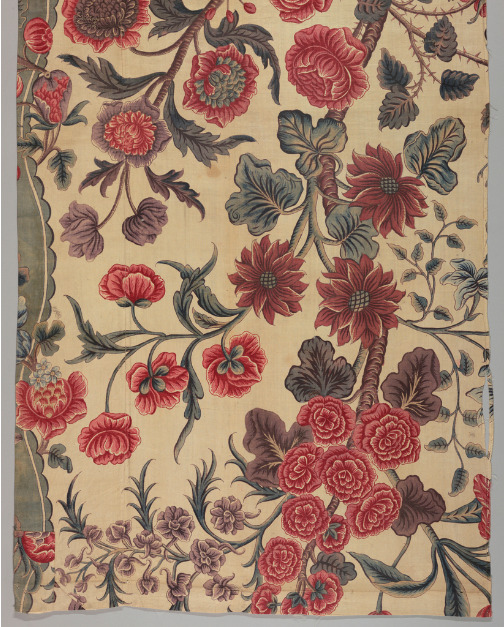
Fig. 4
The brightness of the colours on these fabrics are partly what made them so popular; women of the time had never seen such defined colours matched with the intricacy of design, so it was no surprise that they wanted to buy this new, exotic style instead of their locally sourced clothing. “What was most attractive about Indian chintz was the brilliance and fastness of its colours...When word spread that Queen Mary had decorated a bedroom with calicoes, the use of chintz hangings on walls, floors and furniture became widespread. Later, chintz became highly fashionable for the costumes of both ladies and men.” (Lal, 2015)

Fig. 5
Chintz continues to be popular today, and has become a staple of Britain’s fashion industry, though its roots are hidden about its true origins, raising the question of how much we really know about where our clothing comes from.
Bibliography:
Fotheringham, A. 2015. Guest Post: Renuka Reddy’s Adventures in Chintz. [Blog] The Fabric of India. Available at: http://www.vam.ac.uk/blog/fabric-of-india/guest-post-renuka-reddys-adventures-in-chintz [Accessed 7 Nov 2017]
Lal, S. 2015. Guest Post: Indian Chintz - A Legacy of Luxury. [Blog] The Fabric of India. Available at: http://www.vam.ac.uk/blog/fabric-of-india/guest-post-indian-chintz-a-legacy-of-luxury [Accessed 7 Nov 2017]
Figure list:
Figure 1: Laura Ashley. 2017. Craftwork Rose Dress. [Online] Available at: http://www.lauraashley.com/uk/dresses/craftwork-rose-dress/invt/md917 [Accessed 6 Nov 2017]
Figure 2: Liberty London. 2017. Department: Women’s Clothing. [Online] Available at: http://www.libertylondon.com/uk/department/women/clothing/ [Accessed 6 Nov 2017]
Figure 3: Harrods. 2017. Dolce & Gabbana Floral Peplum Dress. [Online] Available at: https://www.harrods.com/en-gb/dolce-and-gabbana/floral-peplum-dress-p000000000005792173 [Accessed 6 Nov 2017]
Figure 4: Cooper Hewitt. N.A. Textile (India), 1725-50; cotton’ Hx W: 292.1 x 69.9cm (9 ft. 7 in. x 27 1/2 in.); Museum purchase through gift of Julia Hutchins Wolcott and various donors; 1968-79-2. [Online] Available at: https://collection.cooperhewitt.org/objects/18467307/ [Accessed 7 Nov 2017]
Figure 5: The Met Museum. N.A. Wentke (Dutch), mid-18th Century; cotton, linen; Purchase from Isabel Shults Fund; 2012
0 notes
Photo

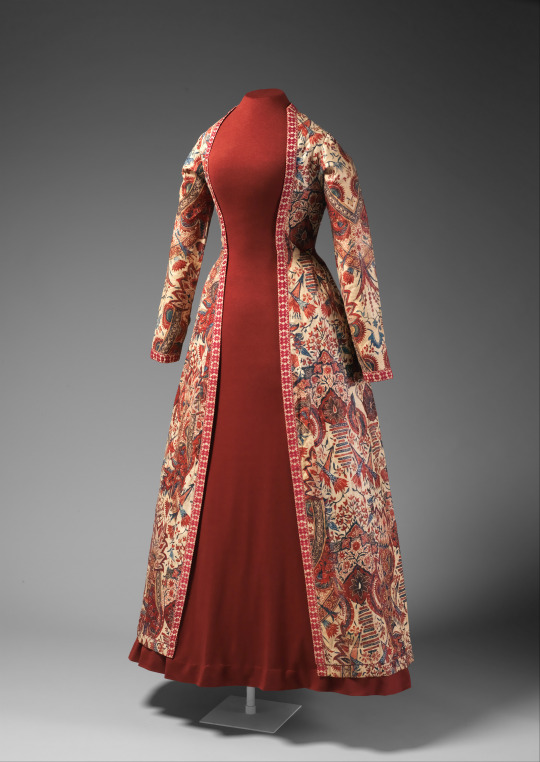





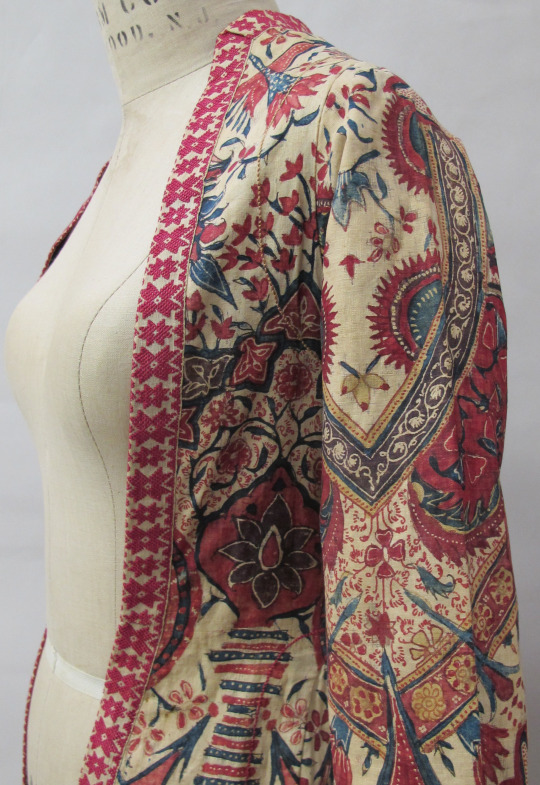


Wentke mid-18th century Dutch
49 notes
·
View notes
Text
Review: Getting Started with Raspberry Pi: Program Your Raspberry Pi!
Review: Getting Started with Raspberry Pi: Program Your Raspberry Pi!
Getting Started with Raspberry Pi: Program Your Raspberry Pi! by Richard Wentk
My rating: 4 of 5 stars
This review is from: Getting Started with Raspberry Pi: Program Your Raspberry Pi! (Dummies Junior) (Paperback) Customer review from the Amazon Vine Programme
I am reviewing the Getting Started with Raspberry Pi: Program Your Raspberry Pi! (Dummies Junior) Book. Here are my thoughts:
^^ This…
View On WordPress
0 notes
Photo

What Everyone Needs to Know Q&A: Today marks the celebration of Confucius' birthday. Confucius (551– 479 b.c.e.) was a teacher and philosopher who lived during the Zhou (Chou) Dynasty (1045– 256 b.c.e.), in what is known as the Spring and Autumn Era (722– 476 b.c.e.). None of Confucius’s writings have survived, and his views come down to us via a text produced after his death called the Analects. To celebrate his birth, we want to know:
What were Confucius’s core ideas?
The vision of morality sketched out in the _Analects _emphasizes the importance of three things— education, ritual, and relationships— that are hierarchical yet provide benefits to both superior and inferior parties. Education was important because it was by studying the classical texts that a person could learn about and begin to emulate the actions of the most virtuous figures of past ages, including the legendary sages Yao and Shun (who lived long before the founding of the Zhou Dynasty) and figures such as the Duke of Zhou (who lived just a few centuries before Confucius). Ritual, which included a variety of social interactions such as greetings, was important because it was a physical acting- out of the best practices of earlier— and, to Confucius’s way of thinking, purer— ages. And relationships in which there was a clear distinction between higher and lower ranks were valued, since in these the responsibilities of each side were clear.
[Page 4, China in the 21st Century: What Everyone Needs to Know®, Third Edition by Jeffrey N. Wasserstrom and Maura Elizabeth Cunningham]
Image Credit: “Konfuzius” by Ash Crow. Public Domain via Wikimedia Commons.
#wentk#what everyone needs to know#WENTK Q&A#confucius#philosophy#philosblr#studyblr#analects#what everyone needs to know Q&A#china#zhou dynasty
43 notes
·
View notes